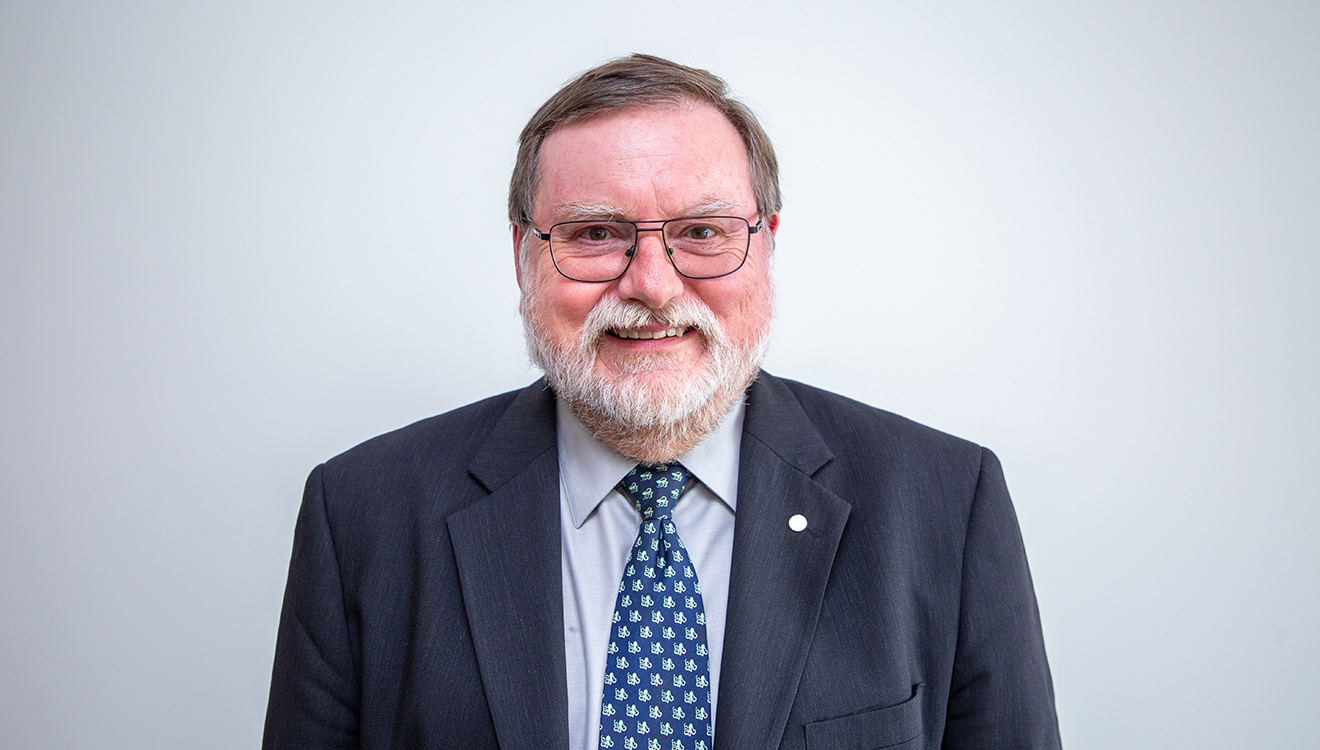Australia's Chief Scientist
Australia’s Chief Scientist provides authoritative and independent evidence-based advice on whole-of-government science and technology priorities. This helps ensure the best evidence informs government decision-making.
The Chief Scientist's appointment is approved by the Prime Minister.
The Chief Scientist develops a workplan in consultation with the Minister for Science, who provides the Chief Scientist with a letter of expectations.
Advice is provided through various avenues:
- directly to government
- through the National Science and Technology Council, for which Australia’s Chief Scientist is executive officer, the Prime Minister is chair, and the Minister for Science is deputy chair.
- through boards and committees of which the Chief Scientist is a member.
The Chief Scientist is supported by the Office of the Chief Scientist (OCS), which is hosted in the Department of Industry, Science and Resources. Staff of the OCS are members of the Australian Public Service.


